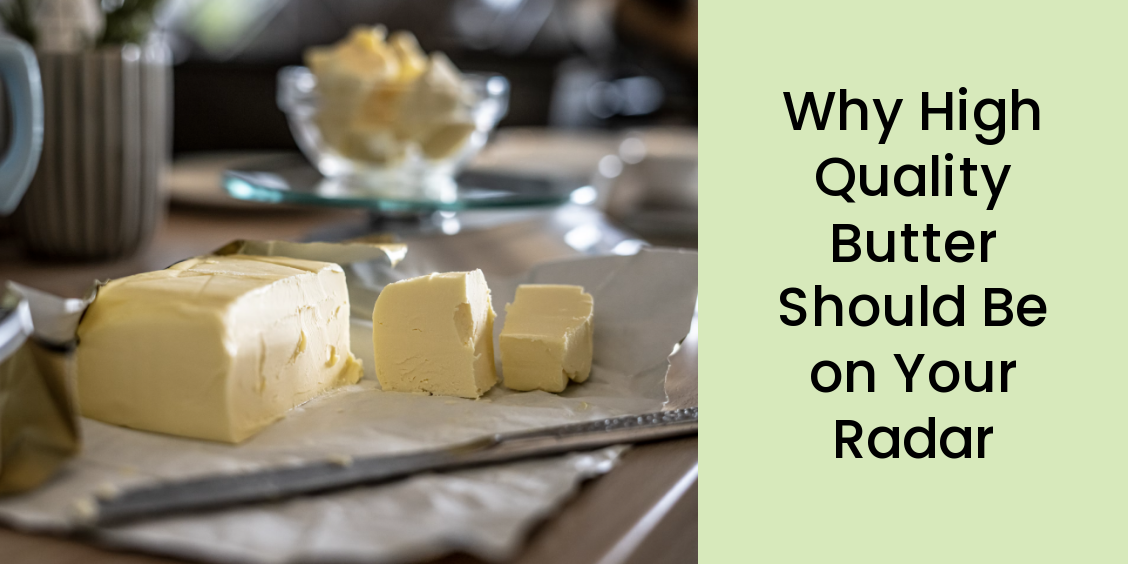Why Quality Butter Matters
As health and wellness advocates and passionate home bakers, we loved coming across an article that highlights something close to our hearts: the importance of choosing high-quality, natural butter for baking.
When it comes to baking (or cooking, for that matter), butter isn’t just a supporting ingredient; it’s a star. It influences texture, flavor, and even nutrition in your recipes. But not all butter is created equal. Let’s dive into some key takeaways from the article and how they align with Excel and Thrive's mission to empower you to make mindful, healthful choices.
The article shares six game-changing criteria for choosing natural butter, and we couldn’t agree more. Here’s why these factors matter:
1. High Butterfat Content = Culinary Magic
Standard butter has around 80% butterfat, but premium options like Miller’s A2/A2 Butter contain 82–85%. This higher fat content creates smoother textures, richer flavors, and melt-in-your-mouth perfection. It’s a small detail that makes a big difference in baked goods.
2. Grass-Fed and Pasture-Raised for Better Nutrition
Grass-fed butter is more than a culinary luxury—it’s a nutritional powerhouse. Packed with vitamins A, D, E, B12, and K2, grass-fed butter supports everything from immune function to bone health. We love that Miller’s cows are pasture-raised and fed 100% grass, ensuring a product that’s as wholesome as it is delicious.
✨✨✨ Pro Tip: If you can find spring butter, snag it! Its nutrient density and vibrant yellow color reflect the season’s lush pastures.✨✨✨
3. Natural Yellow Hue from Beta-Carotene
A sunny yellow butter isn’t just pretty; it’s proof of superior farming practices. Grass-fed cows produce butter rich in beta-carotene, which our bodies convert to Vitamin A. Beware of artificially colored butters—real nutrition doesn’t come from a lab.
4. A2/A2 for Gentle Digestion
This was a standout for us. A2/A2 butter avoids the potentially inflammatory A1 protein found in most conventional dairy. If you’ve ever struggled with dairy sensitivity, this heritage-quality butter could be a game-changer.
5. Additive-Free, Simple Ingredients
In a world of overly processed foods, butter made from just cream (and maybe salt) is a breath of fresh air. No artificial colors, flavors, or additives means fewer toxins in your kitchen.
6. PFAS-Free Packaging
Here’s something we hadn’t considered before reading the article: many butter wrappers contain PFAS, the “forever chemicals” that can leach into food. Miller’s uses PFAS-free paper, so you can enjoy your butter without worrying about unnecessary contaminants.
How This Butter Fits into a Wellness Lifestyle
If you’ve followed Excel and Thrive for a while, you know we are all about reducing toxins, eating mindfully, and choosing ingredients that nourish body and soul. Natural, high-quality butter like Miller’s ticks all those boxes. It’s a small but impactful way to elevate your cooking and support sustainable agriculture.
If you’re inspired to try Miller’s A2/A2 Butter, let us know. Share your comments, or tag me on social media—I’d love to see what you’re cooking up!
Until next time, keep thriving!


